Gunnersbury Park Museum
Lots of local history set in a former banker's mansion.
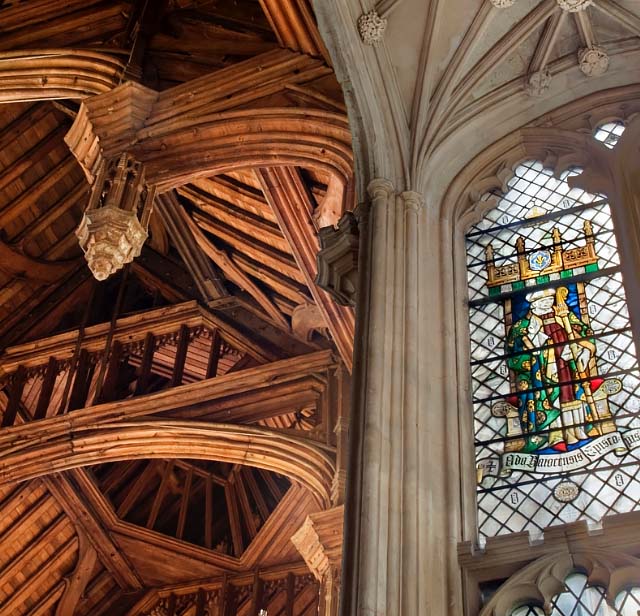
Draw back the curtain and reveal the stories behind some of London's most intriguging historic houses and buildings—and the learn of the facintating characters who once occupied them.
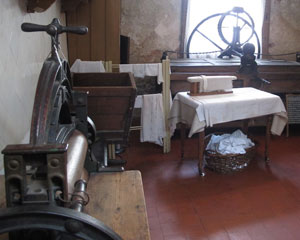
Lots of local history set in a former banker's mansion.
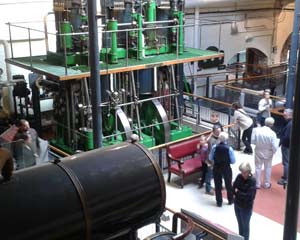
One of London’s most significant Victorian visitor attractions housing some of the world’s rarest working steam engines.
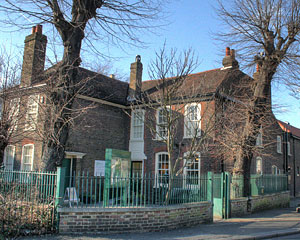
Explore the local history of Waltham Forest in the attractive former 1730's workhouse.
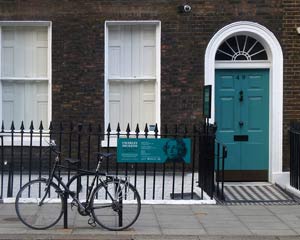
The beautiful Georgian terraced house in Bloomsbury is the only remaining London home of Charles Dickens.
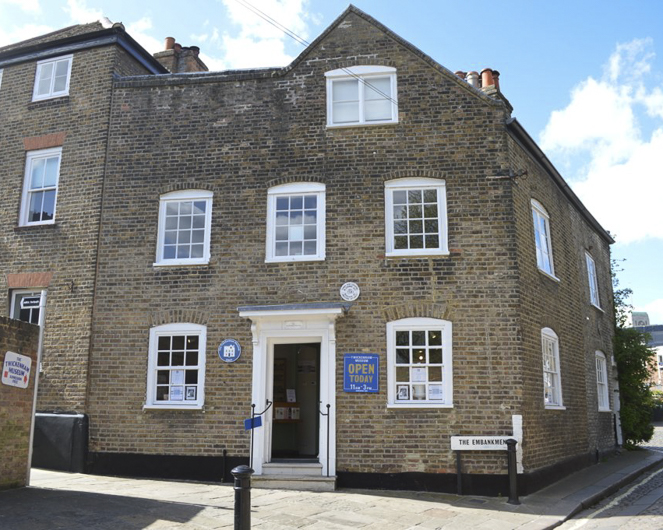
Told, is the rich history of Twickenham, Whitton, Teddington and the Hamptons. Reached via a pleasant riverside walk from Richmond.
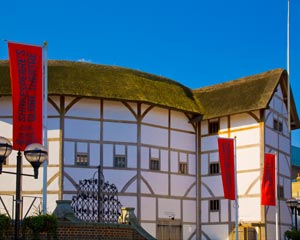
A modern reconstruction of the William Shakespeare's first 1599 Globe Theatre. Where tours, exhibitions and performances bring Elizabethan plays to life.
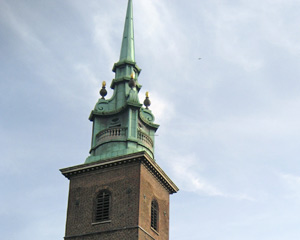
The oldest church in the City of London, founded by the Abbey of Barking in 675AD and survived the 1666 Great Fire of London.
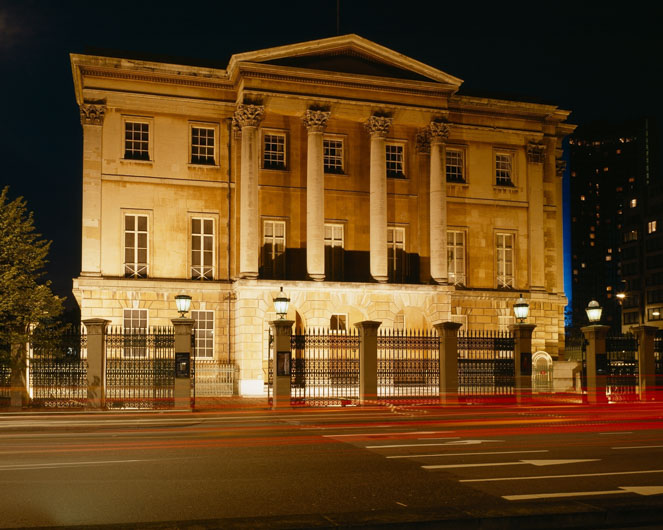
Revel in the dazzling Regency interiors, glittering treasures and fabulous art collections of the Duke of Wellington's Apsley House.

The story of the Bank's private enterprise beginnings in the 17th century — to the governing fiscal officialdom that it is today.
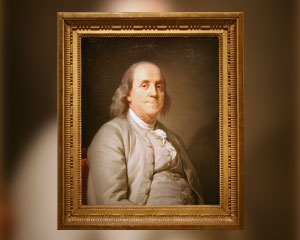
The world's only remaining home of Founding Father of the United States.
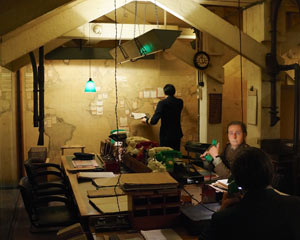
The secret underground headquarters where Prime Minister Winston Churchill worked and lived during the Second World War.
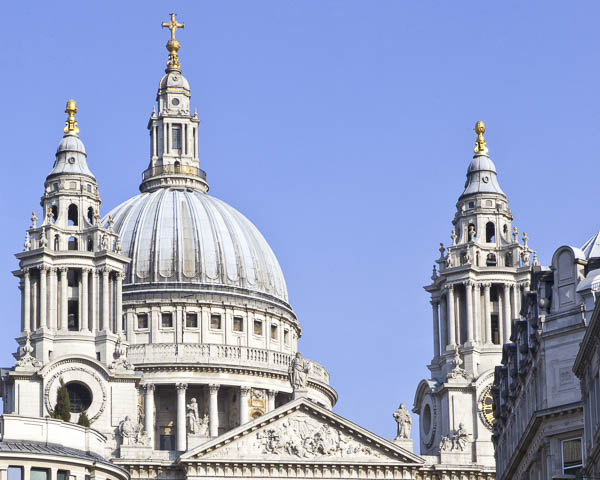
The final resting place of some of the nation’s heroes including Sir Christopher Wren, Admiral Lord Nelson and the Duke of Wellington.
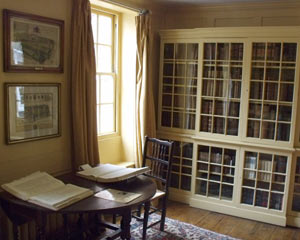
A Charming 300-year-old townhouse, nestled amongst a maze of courts and alleys in the historic City of London.
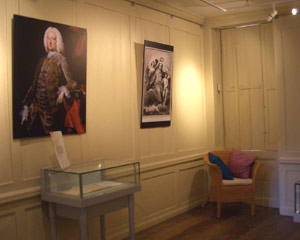
In a single street in London, separated by a wall, are the homes of two of history’s most significant musical artists.
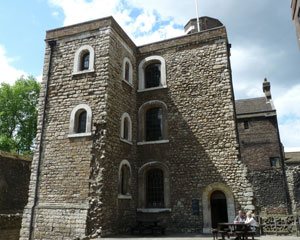
Built in 1365 as the 'Jewel House' to safeguard Edward III's silver plate and world treasures.
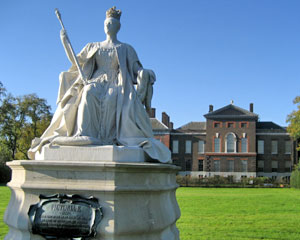
Both a palace open to the public while still home to royal family members; the Duke and Duchess of Cambridge.
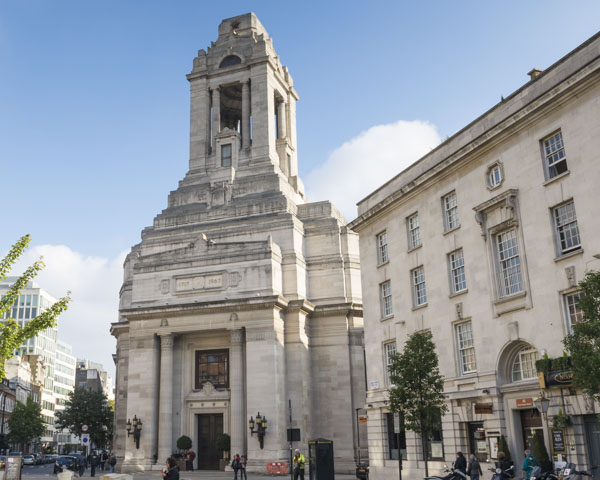
An extensive collection of objects with Masonic decoration including pottery and porcelain, glassware, silver, furniture and clocks, jewels and regalia.
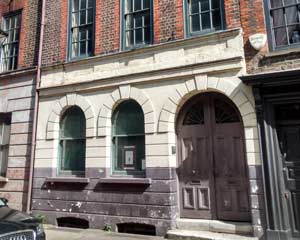
Open just a few days per year, this evocative museum explores experiences of multicultural refugees.
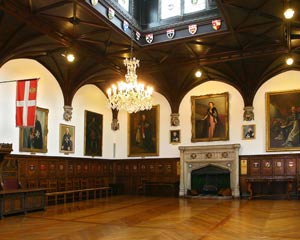
Founded in the 12th century the Order of St John was a religious order with a duty to care for the sick, regardless of creed or country.
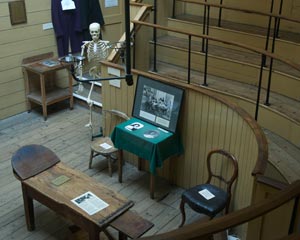
One of London’s oldest and most intriguing museums—a former operating theatre where every patient was female.
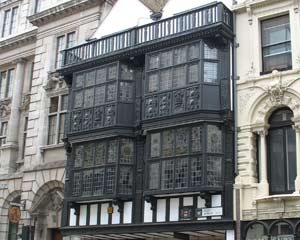
One of the few buildings left untouched by the Great Fire of London in 1666.
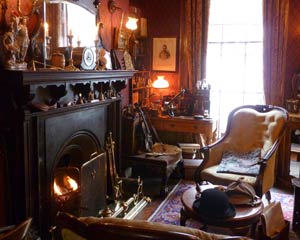
Dedicated to the famous fictional detective Sherlock Holmes situated in Baker Street.
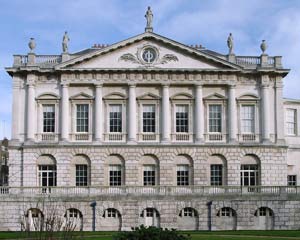
Situated in the heart of St James's, it's the only great 18th century private palace in London to survive intact.
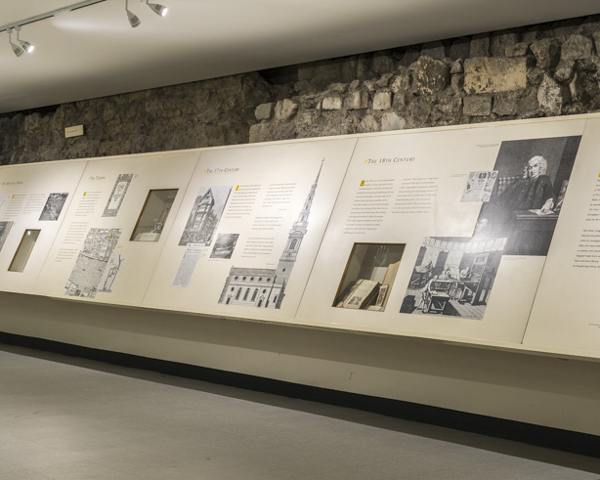
The "Museum of Fleet Street" with archaeological finds from Roman, Saxon and Medieval times.
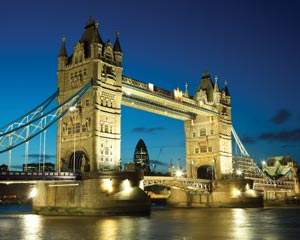
One of the most impressive structures in the capital that has stood over the River Thames since 1894.
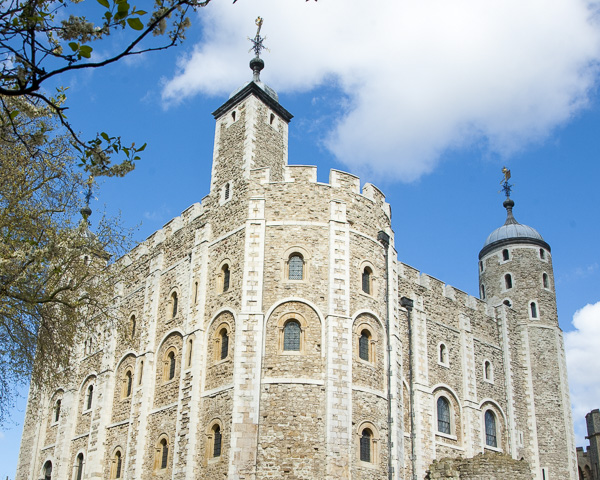
The world’s most famous fortresses and has seen service as royal palace, prison, armoury and even a zoo.
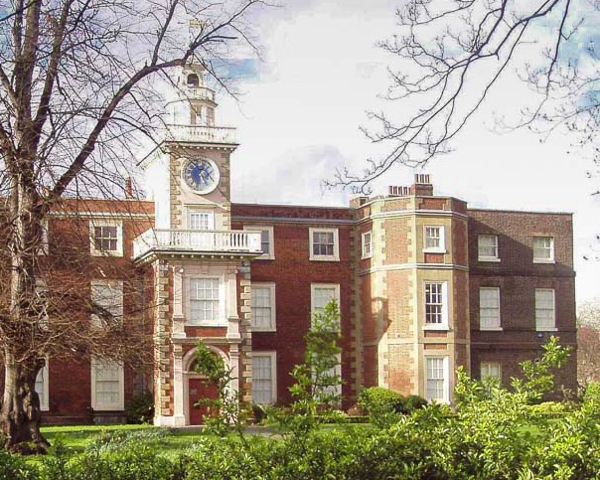
Set in Grade I listed 16th century manor house, the museum tells the history of Haringey and Tottenham from Roman times to the present day.
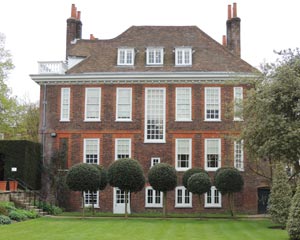
Former 17th century merchant's home with a walled garden, classic Georgian furniture and harpischord collections.
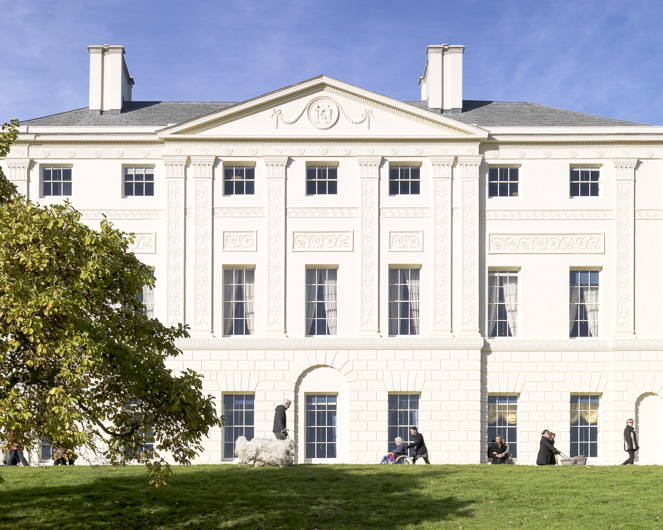
18th century stately home set in 112 acres of leafy north London parkland. With paintings by Rembrandt, Vermeer, Turner, Reynolds, Gainsborough and Constable.
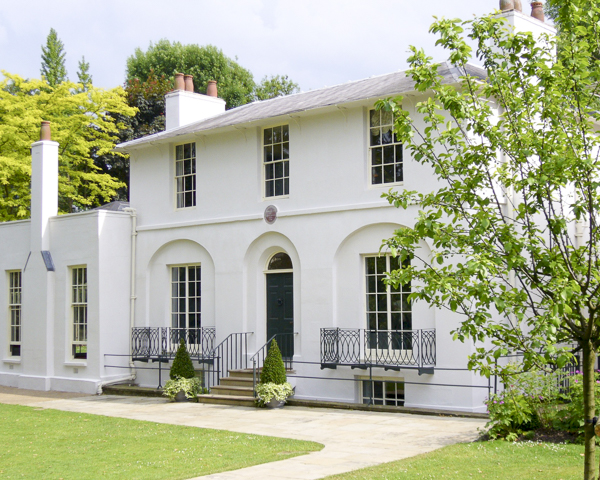
Grade 1 listed and set in a peaceful garden, this was the home of poet John Keats from 1818 to 1820.
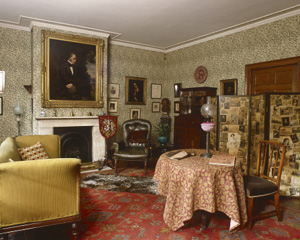
Hidden in the quiet back streets of Chelsea is the home of 19th century literary celebrity couple, Thomas and Jane Carlyle.
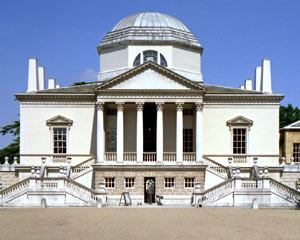
Chiswick House is among the first glorious examples of 18th-century British architecture.
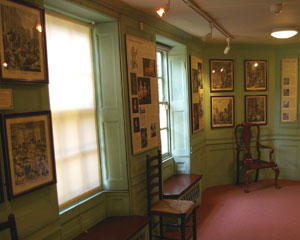
The 18th century country home of the great painter, engraver and satirist William Hogarth.
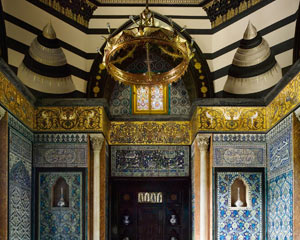
Former home and studio of the leading Victorian artist, Frederic, Lord Leighton.
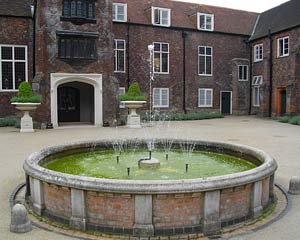
Historic house and garden of the Bishop of London since 704. Paintings, archaeology and artefacts reveal the history of the Palace site from prehistoric times.
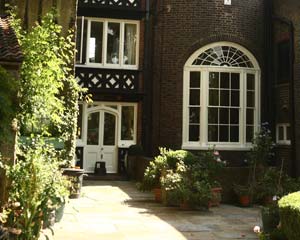
William Morris's beautiful 18th century house on the banks of the River Thames from 1878 to 1896.
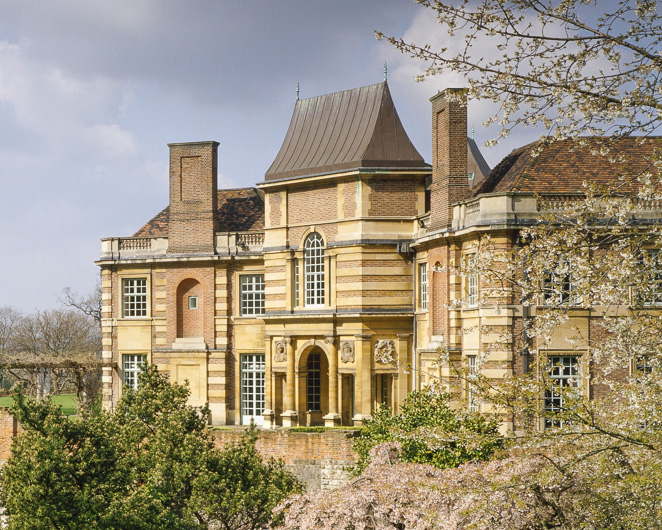
The childhood home of Henry VIII meets 1930s Art Deco decadence.
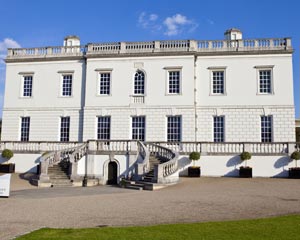
Originally the home of Charles I's queen, Henrietta Maria—the 17th century building now houses an outstanding fine-art collection.
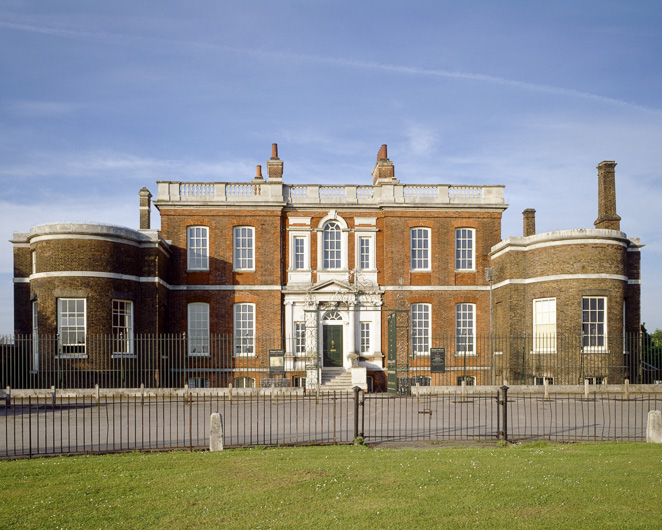
An elegant Georgian villa built in 1723 for Admiral Francis Hosier and where the Greenwich Meridian line passes through its grounds.
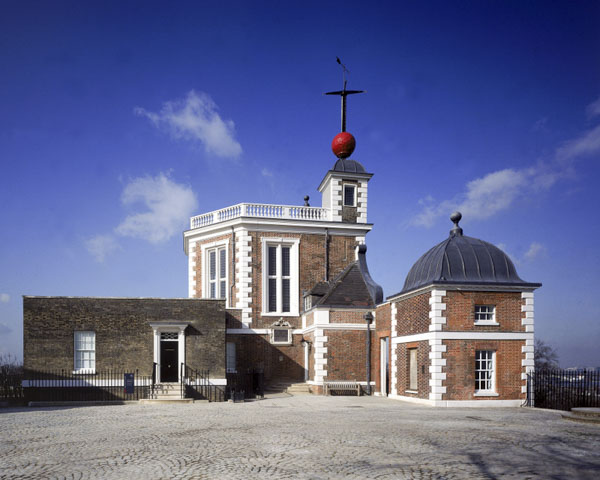
London’s only planetarium and features state-of-the-art HD projection technology, visualisations based on real scientific data and real astronomers.
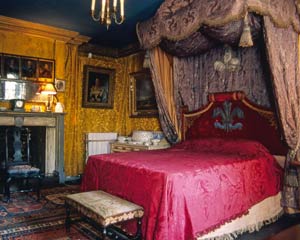
Grade II listed, 17th century house features rare examples of 17th century furniture, and memorabilia connected to the Pennington family.
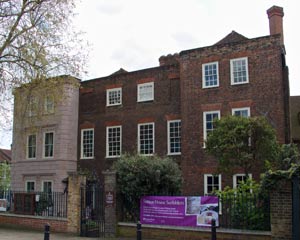
Tudor house surviving in the heart of a thriving East London community.
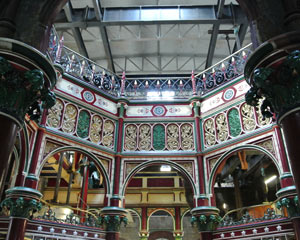
Built by Sir Joseph Bazalgette as part of Victorian London's sewerage system, contains the four original pumping engines from 1865.
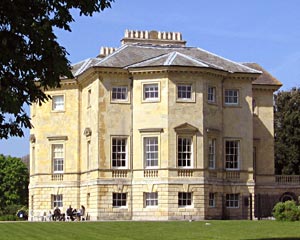
One of the finest surviving 18th century villas by the architect Robert Taylor.
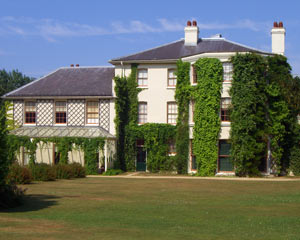
The Victorian country house of Charles Darwin where the world was changed.
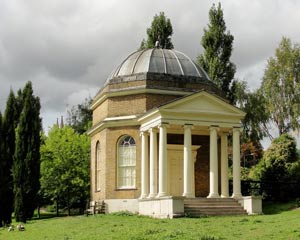
The small garden folly, erected in 1756 is an ode to Shakespeare on the north bank of the River Thames at Hampton.
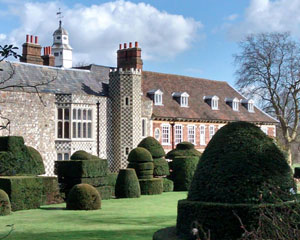
Set in 65 acres of stunning award winning gardens, this grade I listed Tudor mansion was built for a former Lord Mayor of London in 1537.
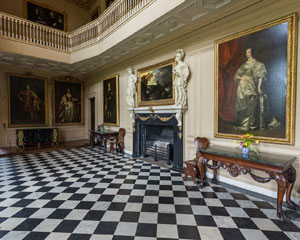
This rare and atmospheric 17th-century house sits on the banks of the River Thames in Richmond.
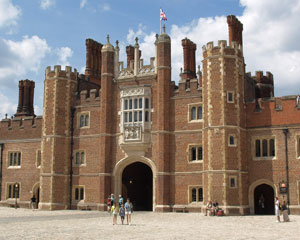
The former home of the flamboyant King Henry VIII, is set in 60 acres of formal gardens and includes the famous maze and Great Vine.
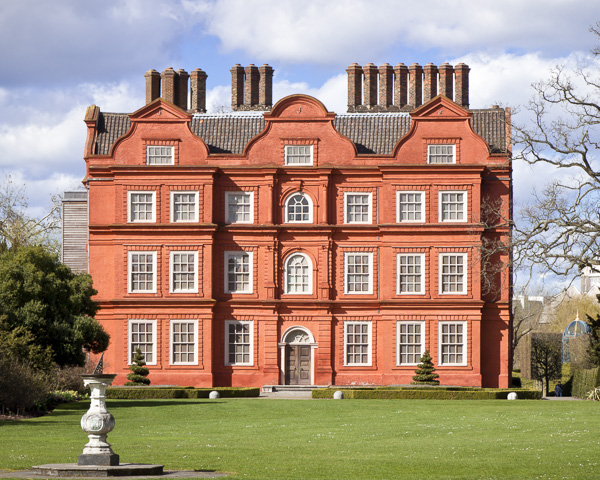
The Grade I listed, royal palace in Kew Gardens on the banks of the Thames.
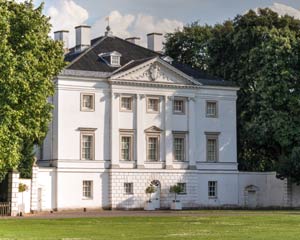
A magnificent 18th century Grade I listed Palladian villa set in 66 acres of riverside parkland.
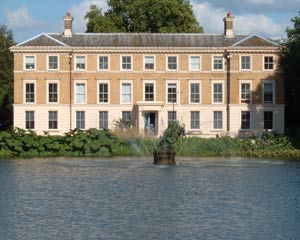
Opened in 1857—Features horticultural and botanic exhibitions displayed over three floors.
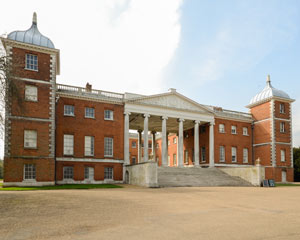
18th century neo-classical manor house designed by Robert Adam, with landscaped park and gardens.
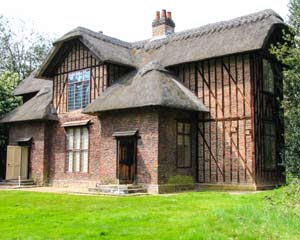
A rustic cottage built in the late 18th century as a royal country retreat.
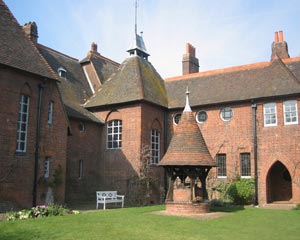
The only house commissioned, created and lived in by Arts & Crafts movement founder, William Morris.
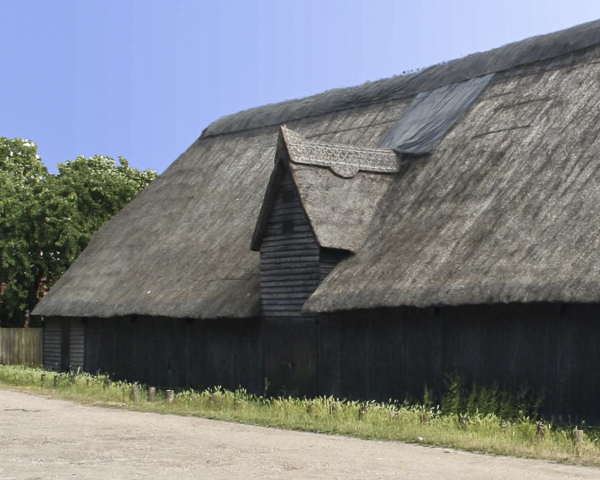
A collection of artifacts of nostalgic origin located in Hall Lane. The museum holds around 14,500 artifacts of domestic and agricultural us
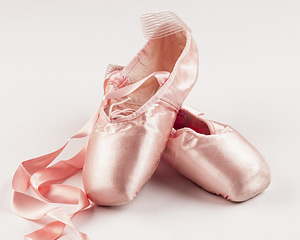
Built in 1727, the Grade I listed building White Lodge—is the home of The Royal Ballet Lower School and the UK's first museum dedicated to ballet.
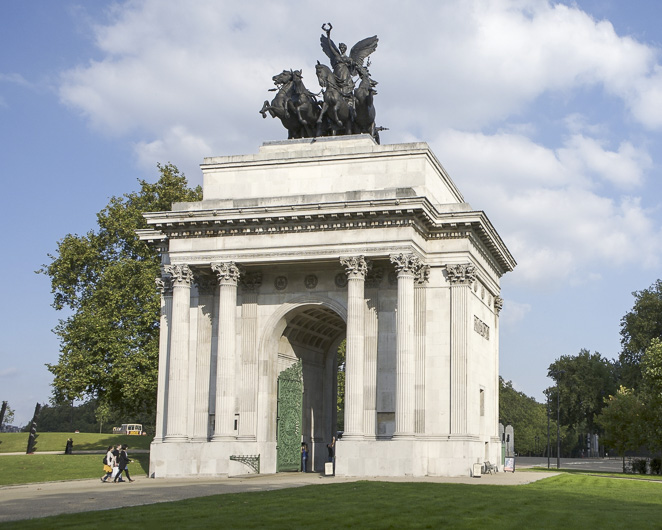
Crowned by the largest bronze sculpture in Europe—Wellington Arch is one of London's most iconic monuments.
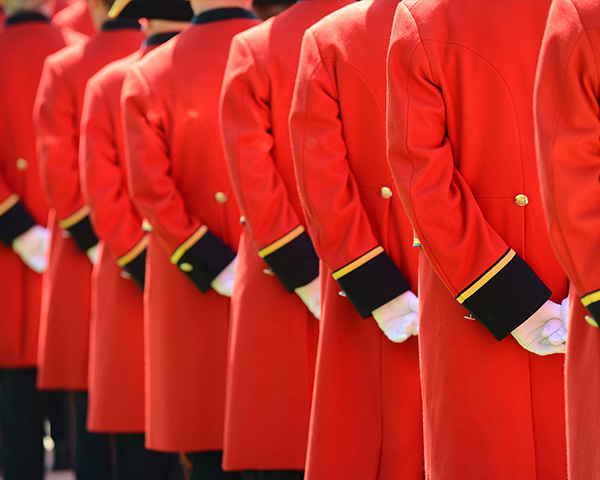
Home of the "Chelsea Pensioners" as well as a reconstruction of a typical berth, the uniform of a veteran soldier, and many other artefacts.
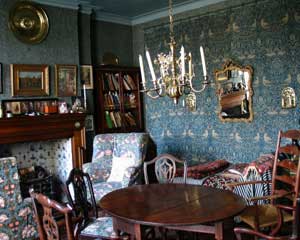
The Georgian building with the last authentic Arts and Crafts interior in Britain.
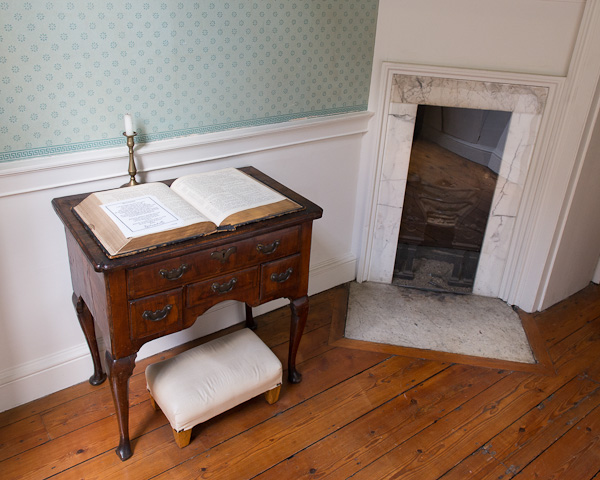
Built by Wesley in 1779, is one of London’s finest surviving examples of a small Georgian house.
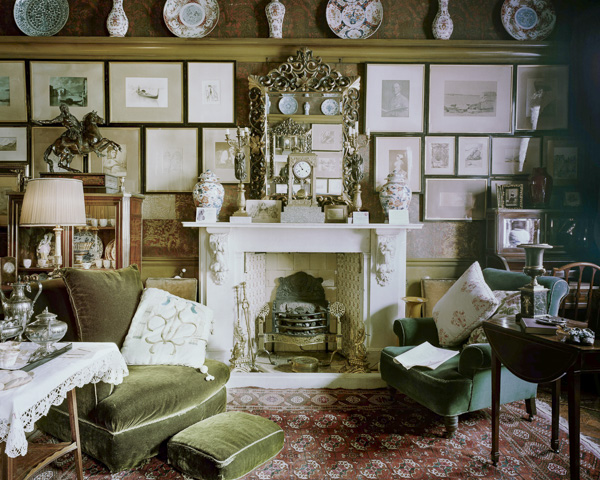
The former home of Victorian Punch cartoonist, Edward Linley Sambourne. A rare example of 'Aesthetic interior' or 'House Beautiful' style.
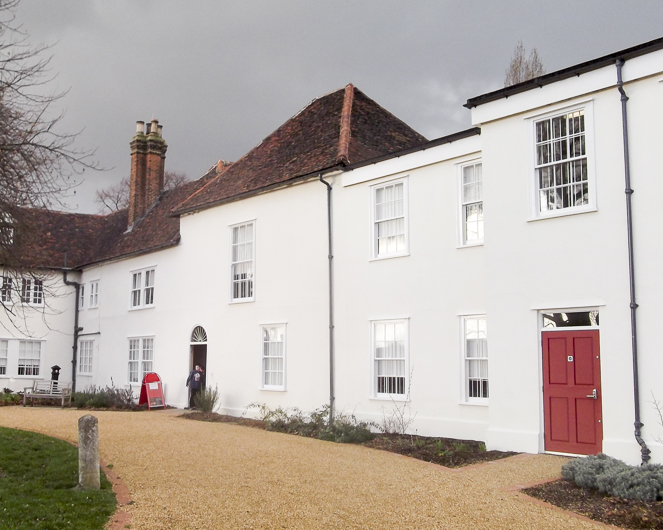
The only surviving medieval manor house of Dagenham, partially surrounded by a moat and situated in Valence Park. With exhibitions of archaeology and rural life.
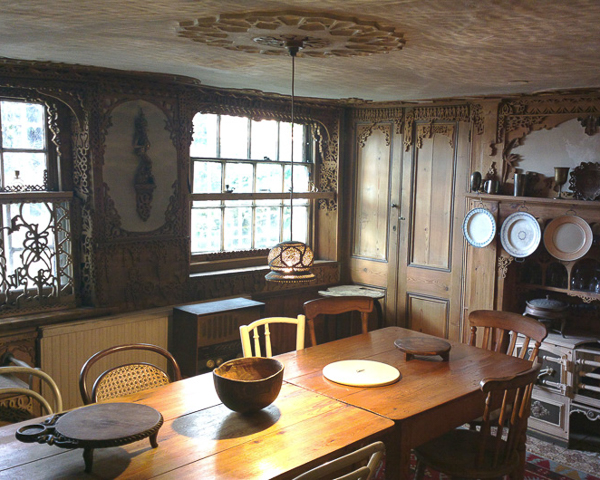
The hand-carved fretwork interior of this modest, early 19th-century, terraced house is enthralling and inspiring.
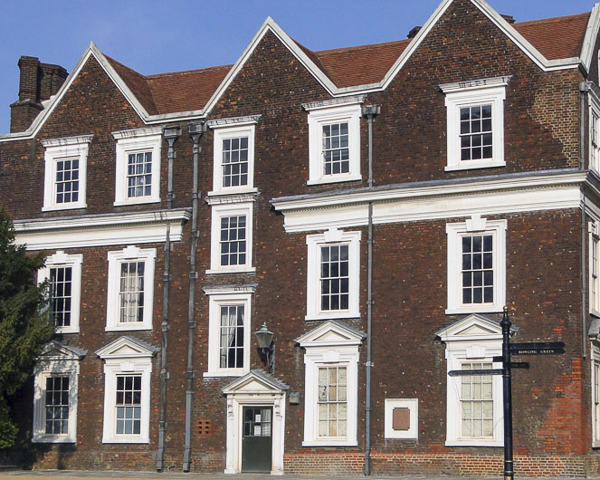
A fine three-story Jacobean manor house built in 1622-3, with 19th century style furniture and paintings of the locality.
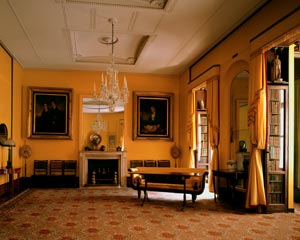
Eccentric home of the 19th century collector and architect Sir John Soane. Packed with classical sculptures, paintings and curiosities.
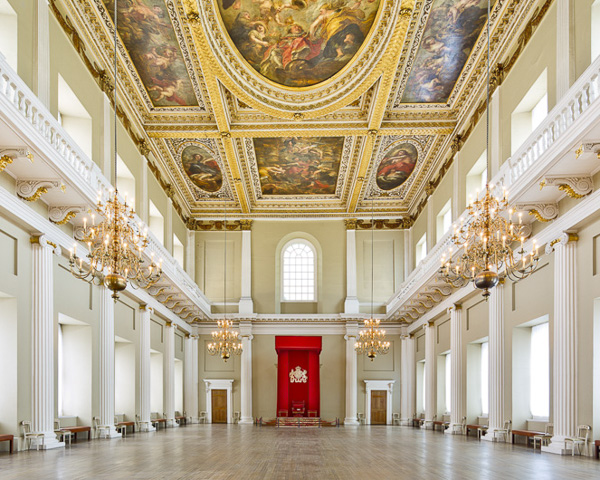
The only complete surviving building of Whitehall Palace and the site of King Charles I's execution in 1649.
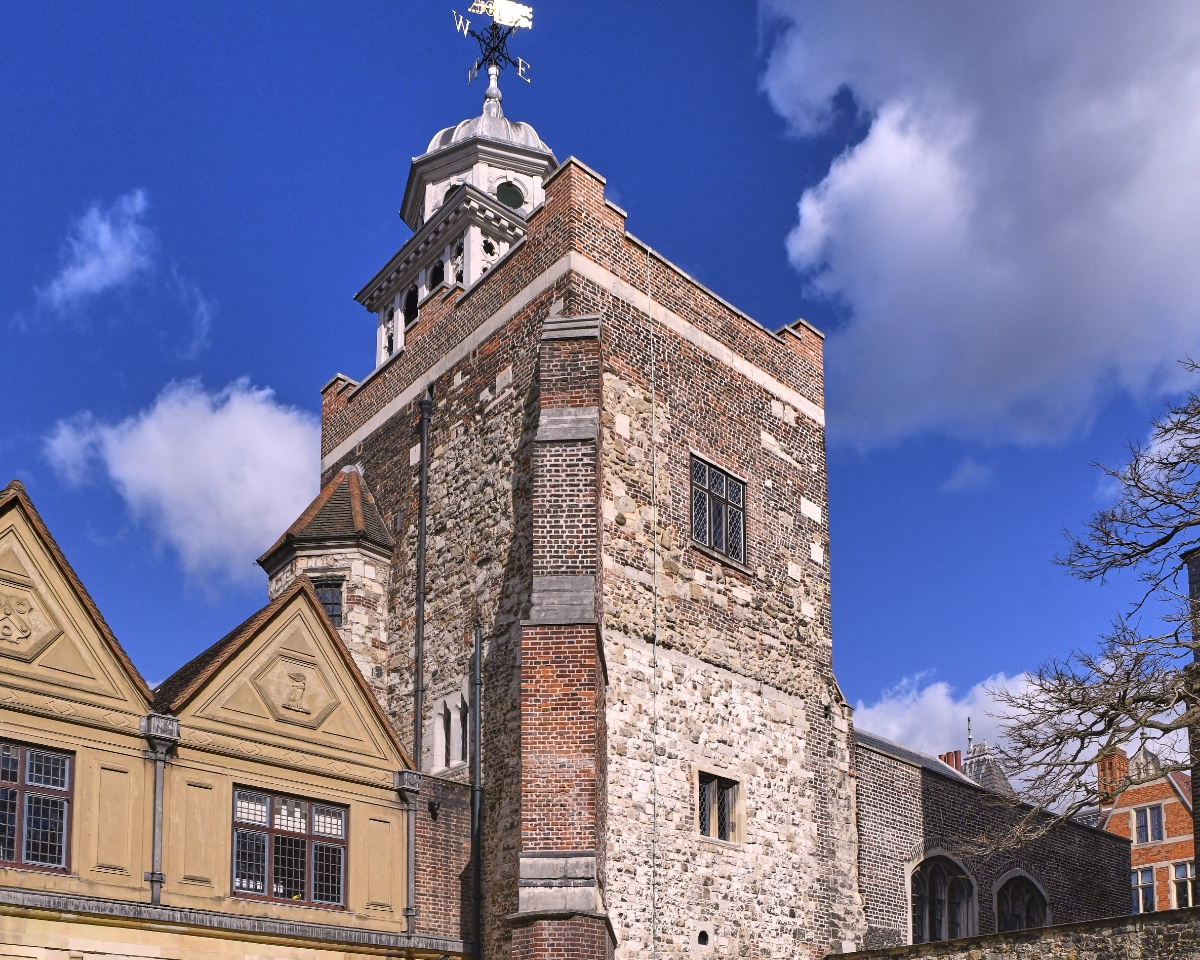
Former monastery built in 1371, now home to an almshouse, with gardens, a chapel and a small museum.
© Copyright 2014—2023 Museums London (unless stated otherwise). Information believed to be correct at the time of publication.